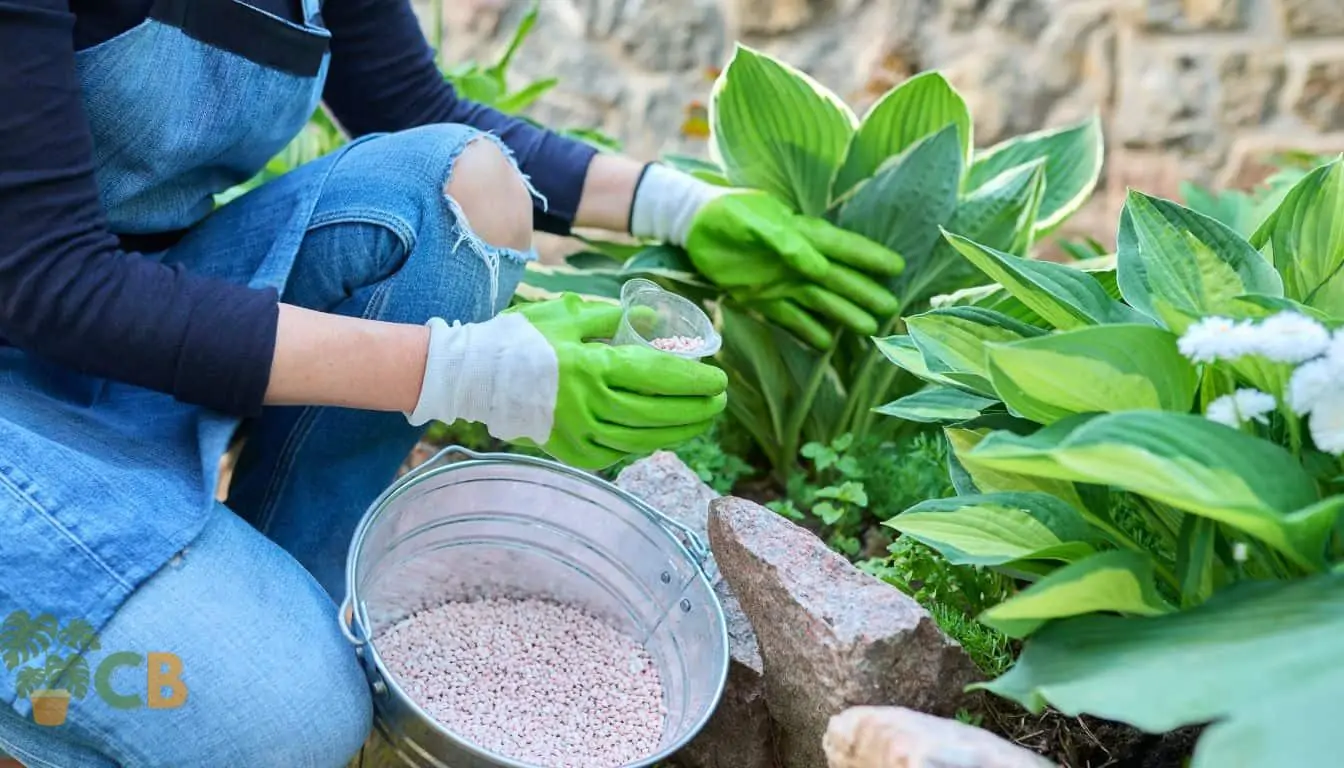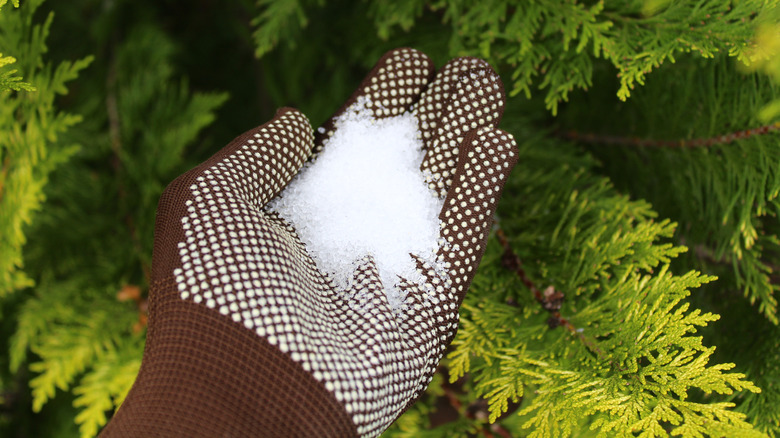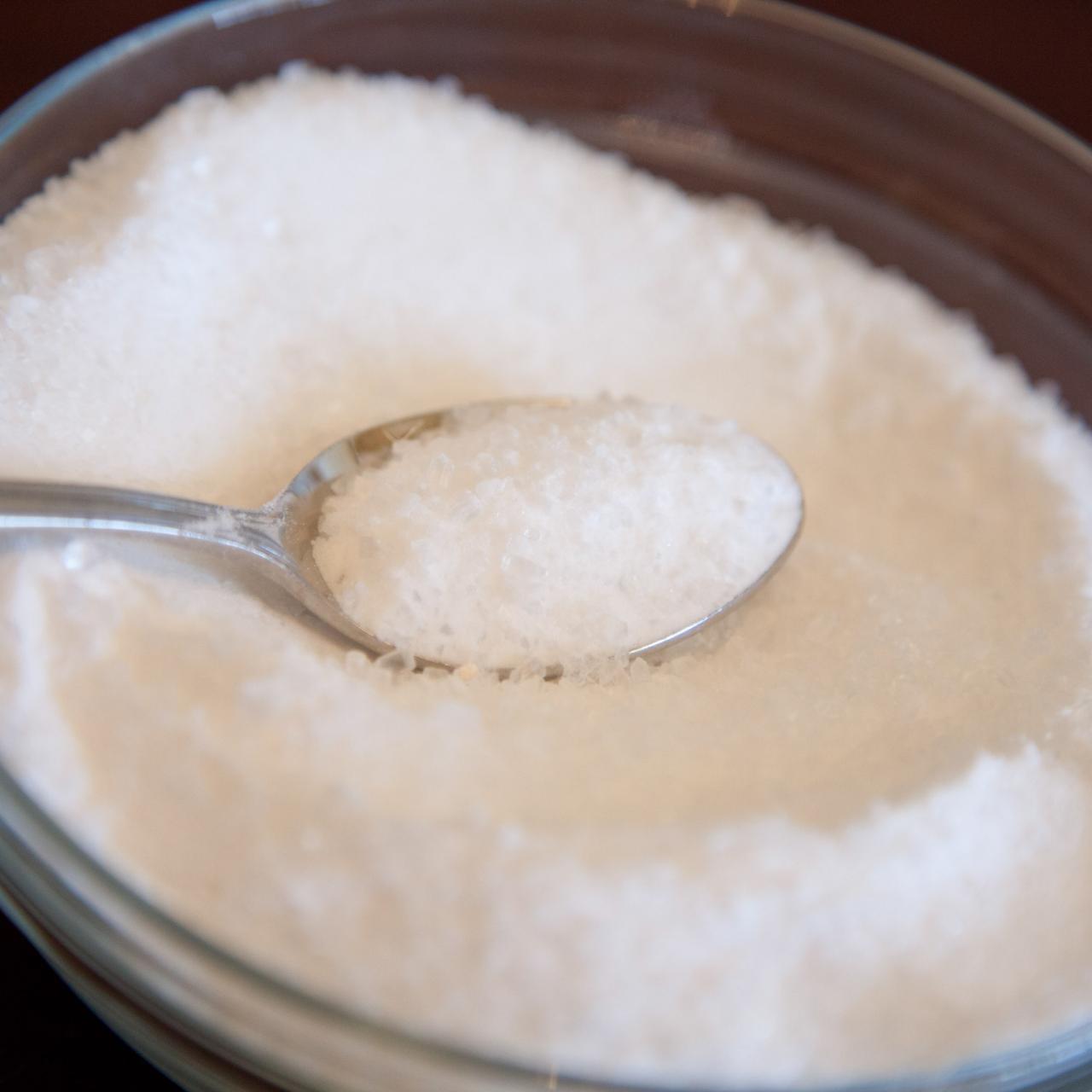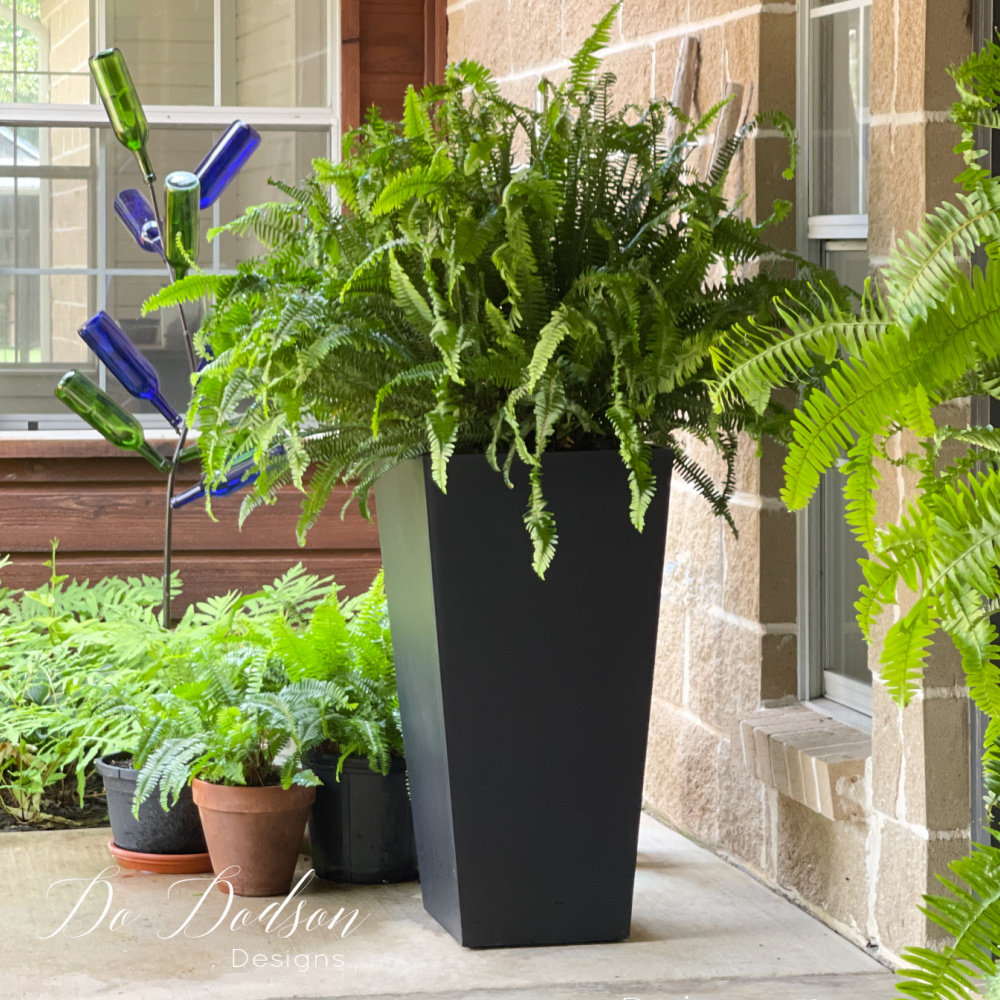What Plants Don't Like Epsom Salt? Tips for Much Better Plant Treatment
What Plants Don't Like Epsom Salt? Tips for Much Better Plant Treatment
Blog Article
Learn More About the Specific Plants That Are Negatively Impacted by Epsom Salt Application
Epsom salt, a prominent house remedy for various horticulture concerns, is usually commended for its valuable results on plant development. However, not all plants react positively to its application. Recognizing the certain plants that can be detrimentally affected by Epsom salt is important for any kind of gardener aiming to optimize their plant treatment regimen. Roses, tomatoes, rhododendrons, peppers, and azaleas are simply a couple of instances of plants that might not respond well to Epsom salt. The factors behind these unfavorable effects and just how to mitigate them are essential knowledge for keeping a prospering garden.
Roses

Roses, specifically delicate to modifications in their setting, can be negatively influenced by the application of Epsom salt. While Epsom salt is frequently utilized as a fertilizer to advertise plant growth and improve flowering, roses are one of the plants that do not react well to its application. The high magnesium content in Epsom salt can disrupt the uptake of various other crucial nutrients by the rose plants, bring about deficiencies that manifest as yellowing fallen leaves or stunted growth.

Tomatoes
While Epsom salt is commonly proclaimed as a solution for numerous plant issues, including blossom end rot in tomatoes, its application can lead to harmful outcomes if not made use of deliberately. Extreme Epsom salt, which is magnesium sulfate, can disrupt the fragile nutrient balance needed by tomatoes, possibly leading to shortages in various other necessary nutrients like calcium. When considering the usage of Epsom salt on tomatoes, it is essential to adhere to recommended application prices and dirt screening to avoid unexpected repercussions on the overall health and performance of these beloved yard plants.
Peppers
Peppers, admired for their different shades and levels of spiciness, can show susceptibility to adverse effects from Epsom salt when not applied with treatment and factor to consider for their details nutritional requirements. what plants don't like epsom salt. Peppers, belonging to the Solanaceae household, call for a fragile equilibrium of nutrients to grow. While Epsom salt is known to enhance magnesium degrees in plants, extreme application can disrupt this stability, resulting in negative results on pepper plants
When peppers are exposed to high degrees of magnesium from Epsom salt, it can disrupt the plant's ability to soak up various other crucial click resources nutrients like calcium and potassium. This imbalance might show up in signs and symptoms such as leaf staining, stunted growth, and decreased fruit production. In addition, the extreme magnesium can change the dirt pH, further exacerbating nutrient uptake issues for peppers.

Rhododendrons
Given the sensitivity of particular plant varieties to inequalities caused by Epsom salt, it is crucial to think about the influence on Rhododendrons, which also require specific nutrient levels to grow. Rhododendrons are acid-loving plants that like acidic soil problems with a pH range between 4.5 and 6.0. Epsom salt, chemically referred to as magnesium sulfate, can modify the dirt pH and interfere with the fragile equilibrium of nutrients necessary for Rhododendron health and wellness.

To preserve the ideal growth and health and wellness of Rhododendrons, it is crucial to prevent the indiscriminate use Epsom salt and instead concentrate on offering the specific acidic soil problems and nutrients that these plants need for prospering.
Azaleas
Azaleas, known for their vivid flowers and wide variety of shades, are decorative shrubs that come from the Rhododendron category. These prominent flowering plants are usually discovered in gardens, landscapes, and parks because of their elegance and convenience. Azaleas are sensitive to adjustments in dirt pH degrees, which can considerably affect their development and total health and wellness. While Epsom salt is commonly made use of as a treatment for magnesium deficiency in plants, its application to azaleas can have unfavorable impacts.
When Epsom salt is related to azaleas, it can modify the dirt pH, making it a lot more acidic. Azaleas like review somewhat acidic dirt conditions, and an extra of magnesium from Epsom salt can interrupt check this balance, leading to nutrient imbalances and prospective poisoning concerns. The inaccurate application of Epsom salt can result in stunted development, yellowing of fallen leaves, and total decline in the wellness of azaleas. Therefore, it is essential to be mindful when taking into consideration using Epsom salt on azaleas to stop any type of adverse repercussions on these fragile ornamental shrubs.
Final Thought
Finally, it is necessary to be knowledgeable about the specific plants that can be adversely influenced by the application of Epsom salt. Roses, tomatoes, rhododendrons, peppers, and azaleas are some examples of plants that might not take advantage of Epsom salt and can even experience harm. It is crucial to research and comprehend the needs of each plant species before using Epsom salt as a fertilizer to ensure their health and well-being.
Understanding the particular plants that can be adversely influenced by Epsom salt is vital for any garden enthusiast looking to optimize their plant care routine. While Epsom salt is frequently utilized as a plant food to advertise plant growth and improve flowering, roses are one of the plants that do not react well to its application.Excessive usage of Epsom salt can likewise result in an accumulation of salts in the dirt, leading to root damages and dehydration of the rose plants. While Epsom salt is known to improve magnesium levels in plants, too much application can disrupt this stability, leading to negative results on pepper plants.
The high salt content in Epsom salt can likewise dry out Rhododendron roots, causing further stress and anxiety and damage to the plant. (what plants don't like epsom salt)
Report this page